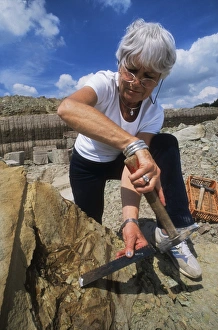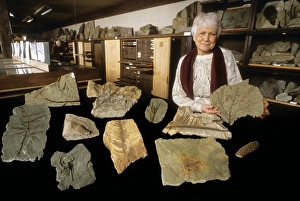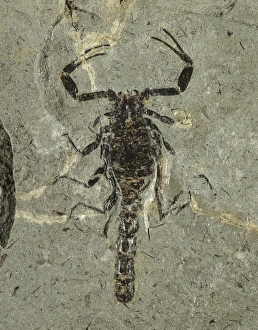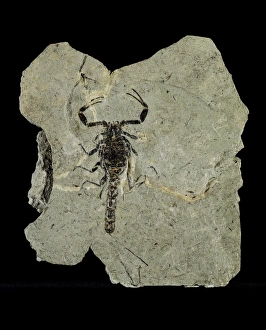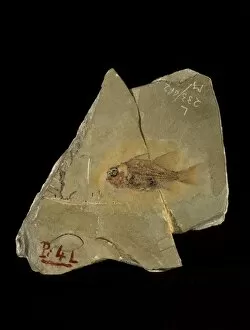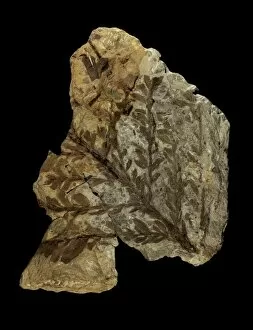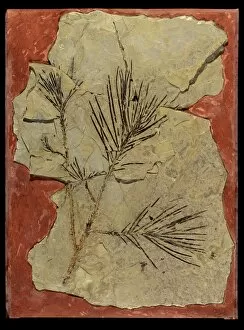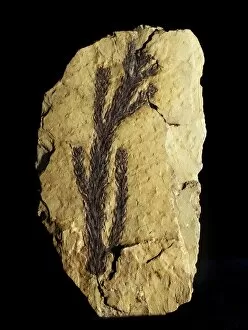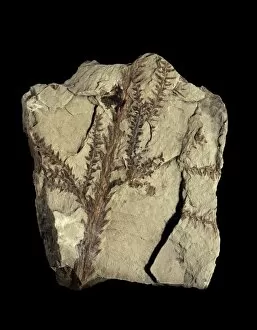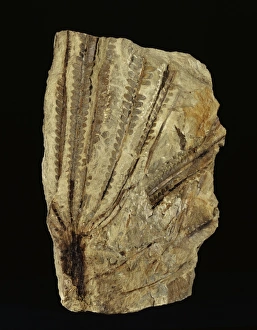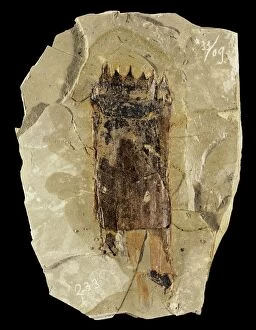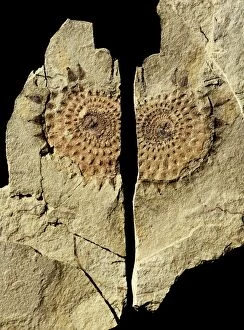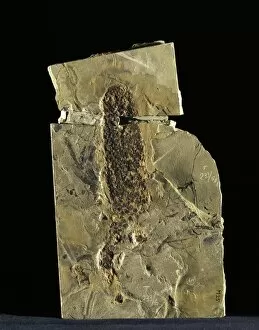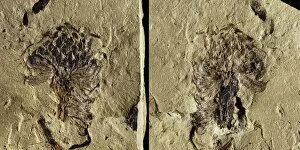Grauvogel Gall Collection
The Grauvogel-Gall Collection, curated by renowned palaeontologist Lea Grauvogel-Stamm, is a treasure trove of ancient wonders
All Professionally Made to Order for Quick Shipping
The Grauvogel-Gall Collection, curated by renowned palaeontologist Lea Grauvogel-Stamm, is a treasure trove of ancient wonders. With specimens meticulously categorized under various codes such as C018/9410 and C018/9411, this collection showcases the rich fossil heritage found in France. One fascinating find within the collection is the Gallio scorpion fossil (C018/9406). Preserved with remarkable detail, it offers a glimpse into the prehistoric world of these arachnids. Another specimen, coded C018/9405, further adds to our understanding of these ancient creatures. Dipteronotus fish fossils also make their presence known in this exceptional collection. Labeled as C018/9403, C018/9402, and C018/9404 respectively, they provide valuable insights into the diverse aquatic life that once thrived millions of years ago. Amongst the assortment lies an Albertia conifer fossil (C018/9401), offering a window into Earth's past flora. Additionally, Voltzia conifer fossils (C018/9399 and C018/9398) shed light on different species that flourished during prehistoric times. A Schizoneura horsetail fossil (C018 / 9397) stands out among other specimens for its unique characteristics and significance in paleobotany studies. Lastly but not leastly are more Voltzia conifer fossils (C019 / 9398 and C019 / 9400), adding depth to our knowledge about these ancient plants. The Grauvogel-Gall Collection represents an invaluable resource for researchers and enthusiasts alike who seek to unravel Earth's history through its captivating fossils. Each artifact tells a story frozen in time—a testament to Lea Grauvogel-Stamm's dedication to preserving our planet's natural heritage for generations to come.

